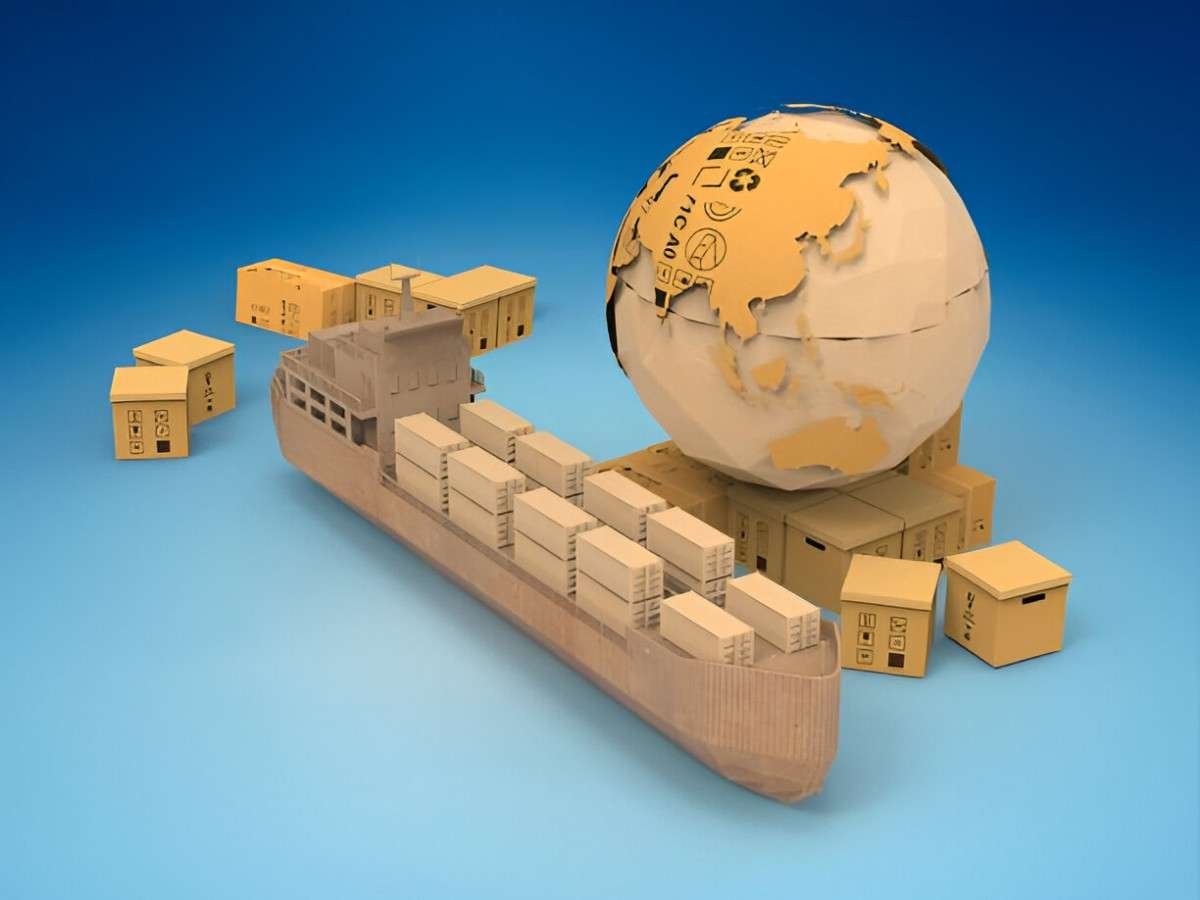Free In And Out is a term used in shipping and trade to denote the responsibility for loading and unloading cargo onto/from a vessel. It specifies whether these operations are included in the freight charges or if they are the responsibility of the shipper or consignee.
Table of Contents
Key Aspects of “Free In And Out”
Loading and Unloading Responsibility:
- Definition: Specifies who bears the cost and responsibility for loading and unloading cargo.
- Incoterm Context: Typically associated with Incoterms to clarify shipping terms.
Implications for Costs and Operations:
- Cost Allocation: Determines whether loading/unloading costs are included in freight charges.
- Logistical Considerations: Affects planning and logistics for shippers and consignees.
Understanding the Concept
In shipping and logistics, “Free In And Out” establishes whether the shipper (seller) or consignee (buyer) is responsible for the costs and actions related to loading and unloading cargo at the port or terminal.
Example Scenario
Illustration of “Free In And Out”
An exporter from Country A agrees with an importer in Country B to deliver goods using the Incoterm FOB (Free On Board) Free In And Out:
- Responsibility: The exporter (seller) loads the goods onto the vessel at the port of origin (Country A).
- Costs: The exporter bears the costs associated with loading the goods onto the vessel.
Conversely, with the Incoterm CIF (Cost, Insurance, Freight) Free In And Out, the seller (exporter) covers all costs, including loading and unloading, up to the destination port in Country B.
Benefits and Considerations
- Cost Transparency: Clearly defines which party is responsible for loading and unloading costs.
- Risk Allocation: Allocates risks associated with cargo handling during shipping.
- Legal Clarity: Prevents disputes by outlining responsibilities in the contract.
Challenges and Risks
- Cost Management: Ensuring clarity in cost allocation to avoid unexpected expenses.
- Operational Efficiency: Coordination between parties to ensure smooth loading/unloading operations.
- Legal Compliance: Adherence to international trade laws and regulations regarding cargo handling.
Practical Application
- Contractual Agreements: Specify terms in contracts using appropriate Incoterms like FOB or CIF.
- Logistics Planning: Consider logistics and operational aspects when choosing “Free In And Out” terms.
- Risk Mitigation: Address potential risks through insurance and contractual clauses.
Conclusion
Understanding “Free In And Out” is crucial for parties involved in international trade and shipping. It determines the financial responsibilities and operational duties related to loading and unloading cargo at ports or terminals. By clearly defining these terms through Incoterms or contractual agreements, businesses can manage costs, mitigate risks, and ensure efficient logistics operations. Clarity and adherence to agreed terms are essential for successful international trade transactions, fostering trust and reliability between trading partners.





